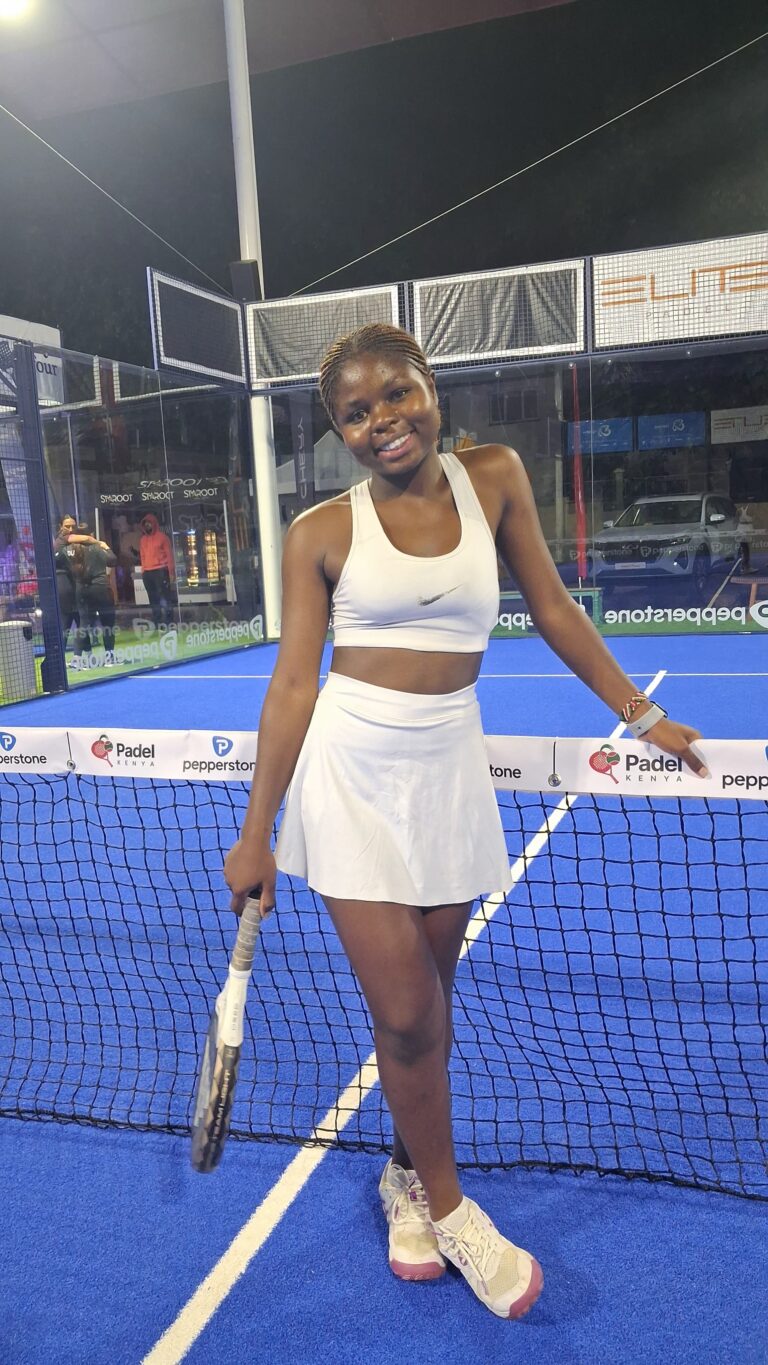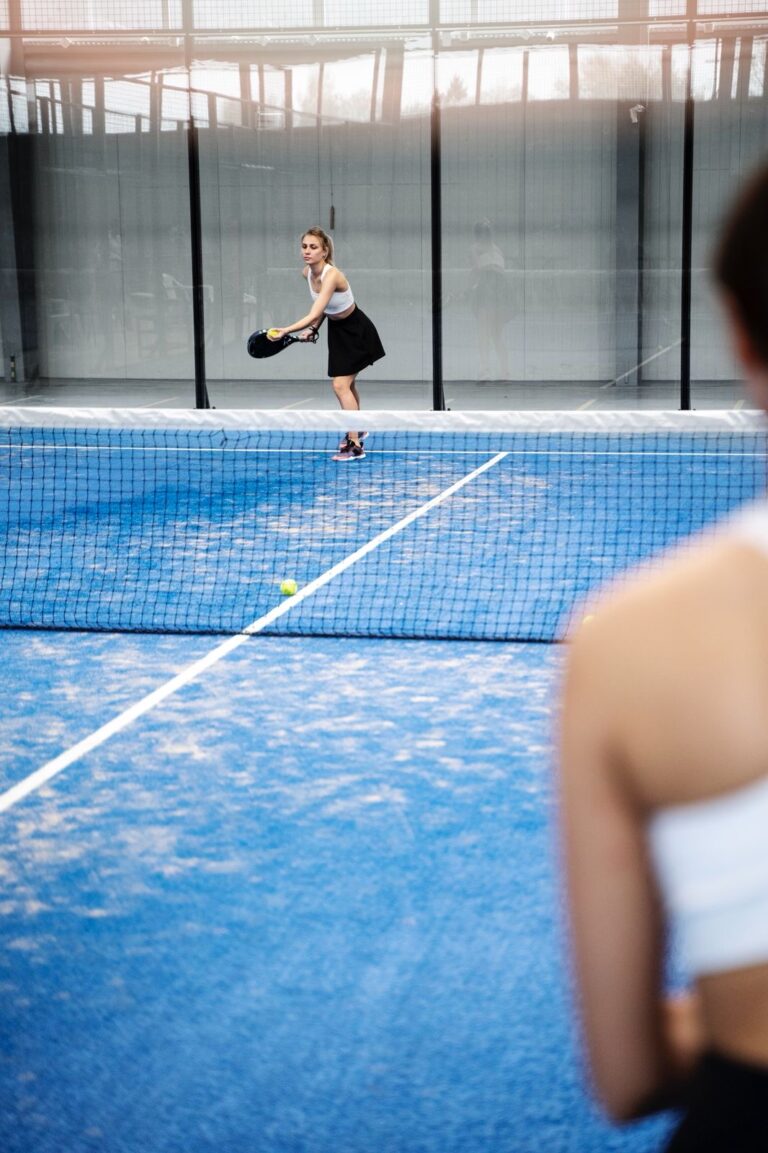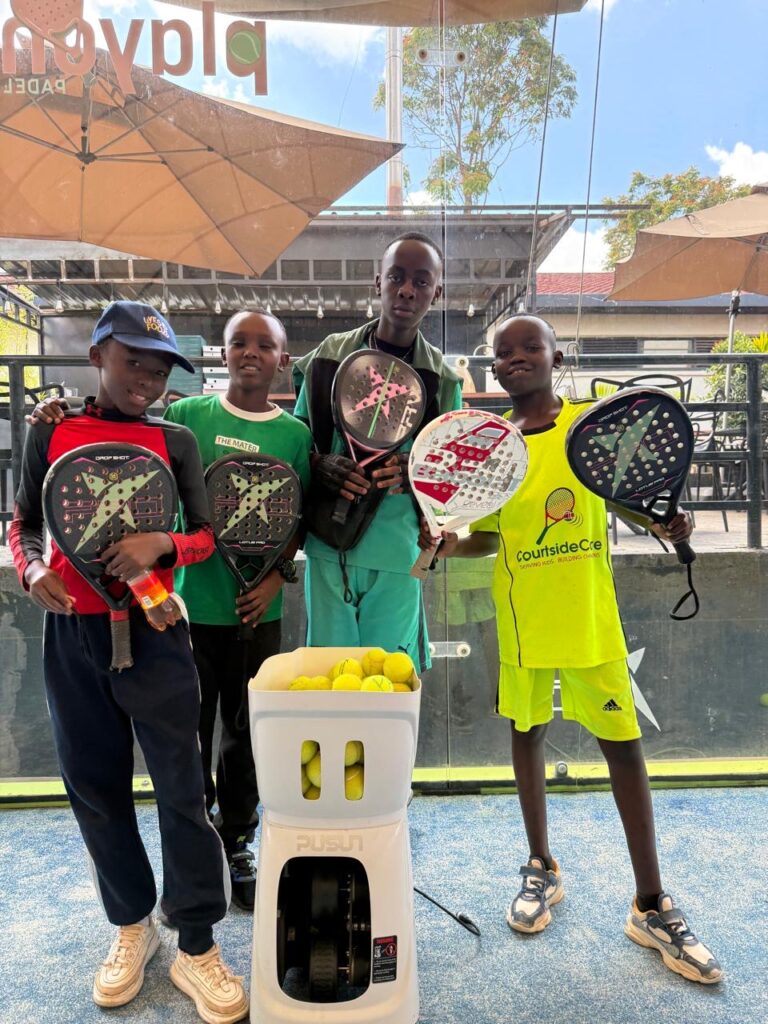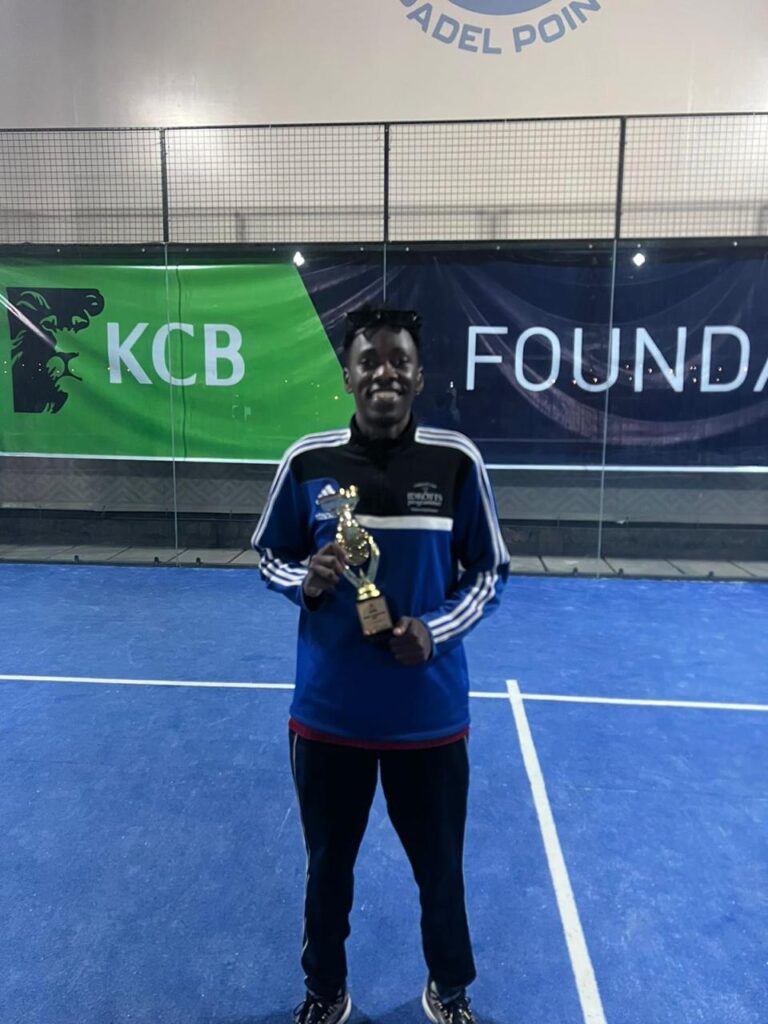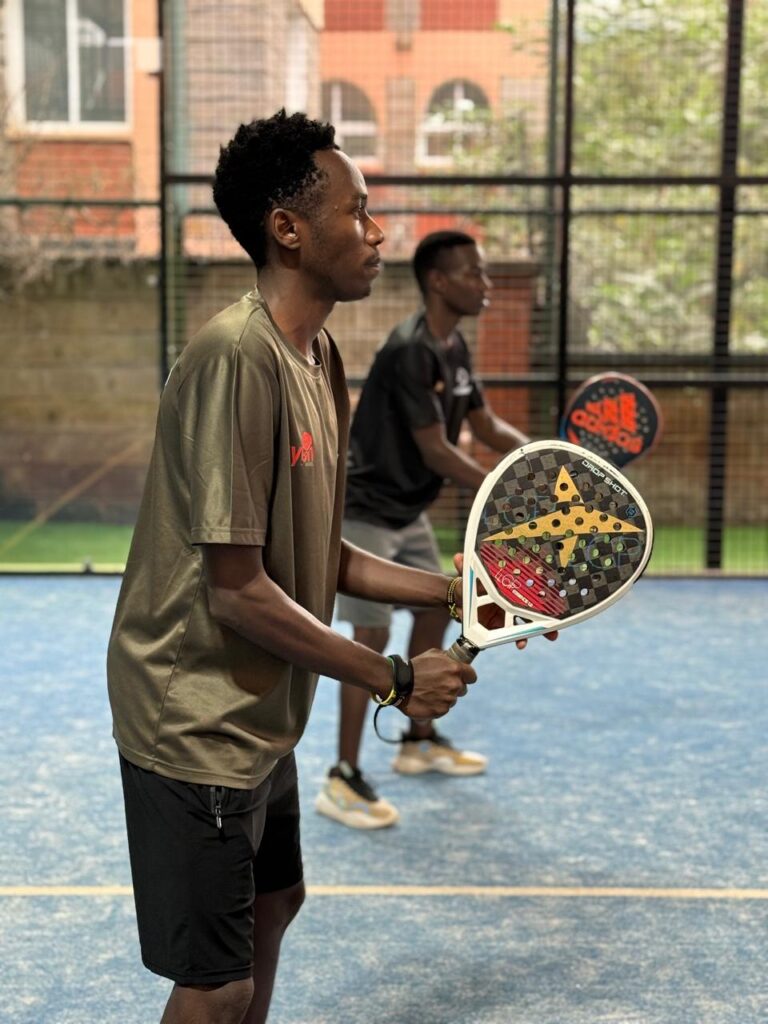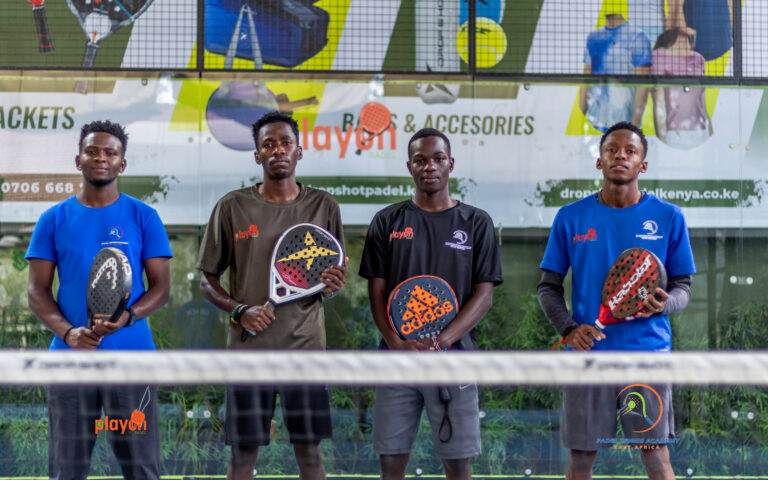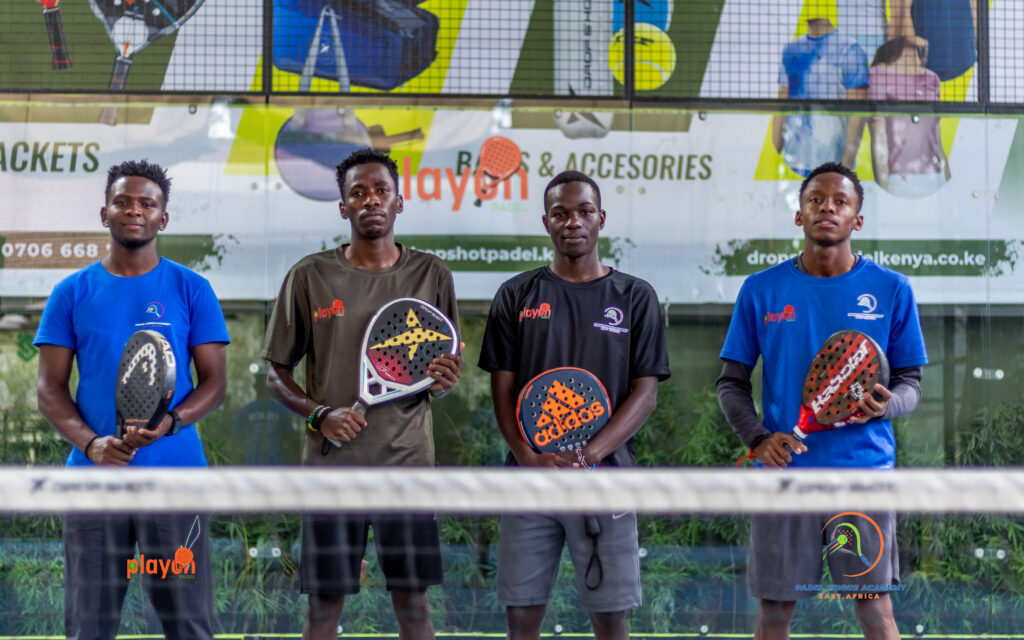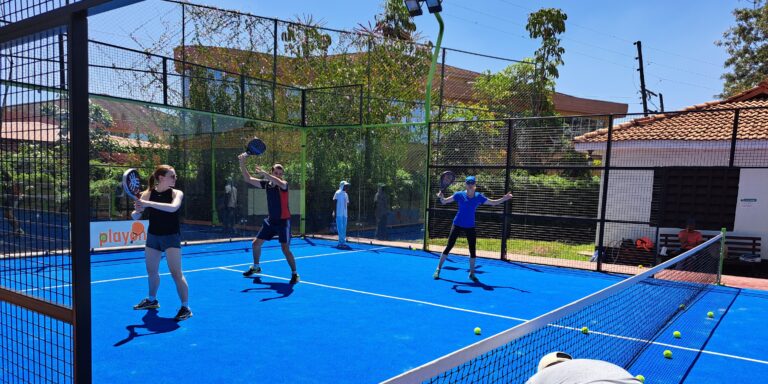Padel is growing fast in Nairobi and more adults are discovering it every week. While open play is fun, many players quickly realize that padel coaching is the fastest way to improve and truly enjoy the game.
Playing socially helps you stay active, but it doesn’t always improve technique or strategy. Professional padel coaching helps adults learn:
• Correct stroke technique
• Proper positioning and movement
• When to defend and when to attack
• How to use the glass effectively
• Communication and teamwork
• Match tactics and decision-making
Our adult padel coaching programs are designed for:
• Beginners learning padel for the first time
• Intermediate players stuck at the same level
• Adults returning to sport or staying fit
• Players preparing for friendly or competitive matches
Our coaches train, play and compete meaning you learn from people who understand the game at every level.
We provide professional padel coaching at some of the best padel courts in Nairobi:
📍 Jafferys – Lavington
📍 Rhapta Road – Westlands
📍 Creekside Nyali (Mombasa)
If you’re searching online for padel in Nairobi, padel coaching Kenya or padel lessons near me, this is where your journey starts.
Book an Adult Padel Coaching Session Today
Whether your goal is fitness, fun or competition, the right coach makes all the difference.
📲 Call or WhatsApp: +254 718 866 992
🌐 www.padelacademyeastafrica.com
Padel Academy East Africa professional padel coaching in Nairobi, built for real players.

